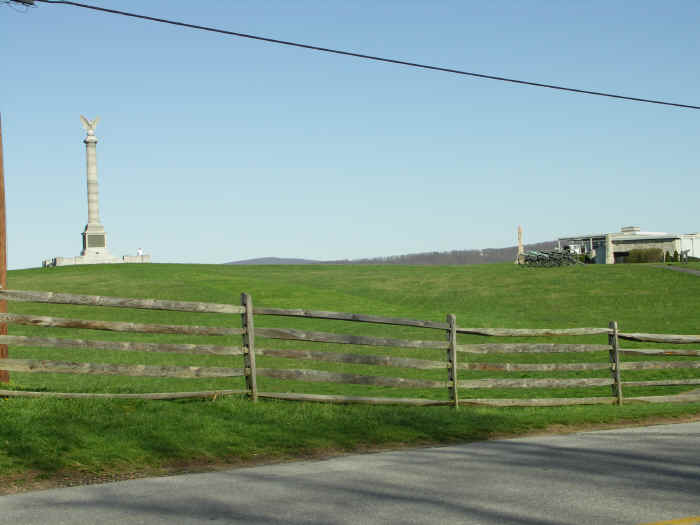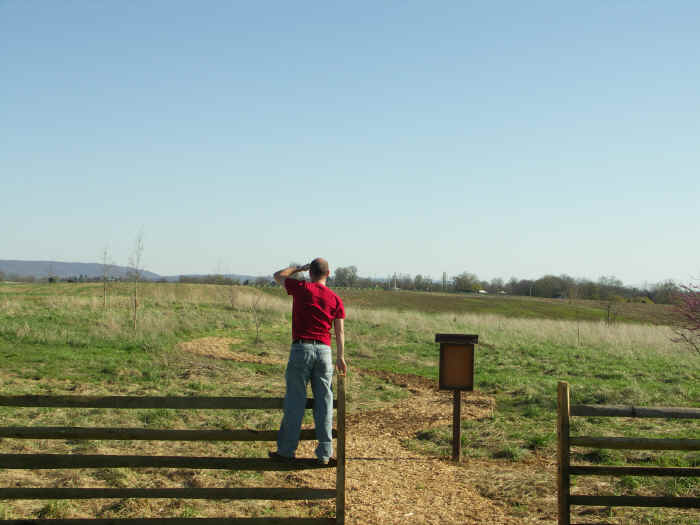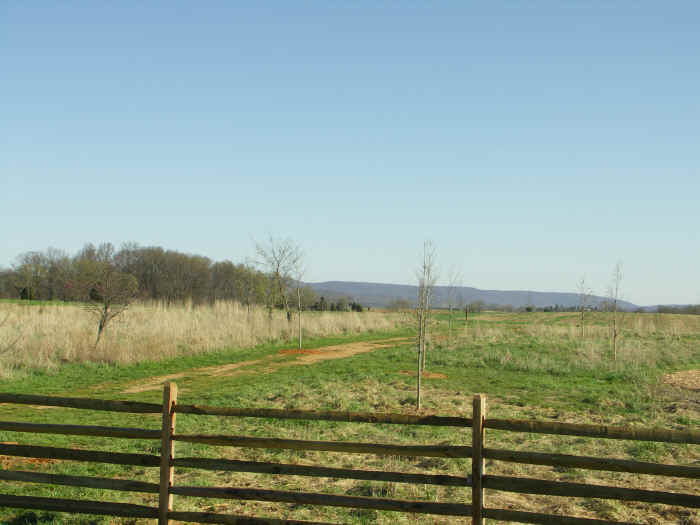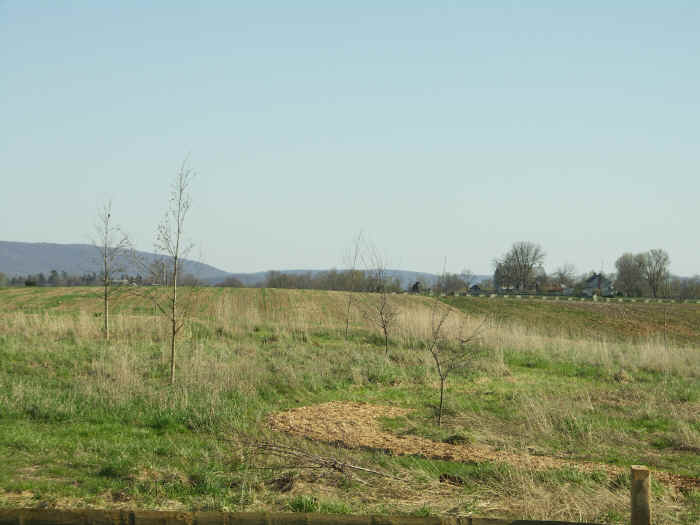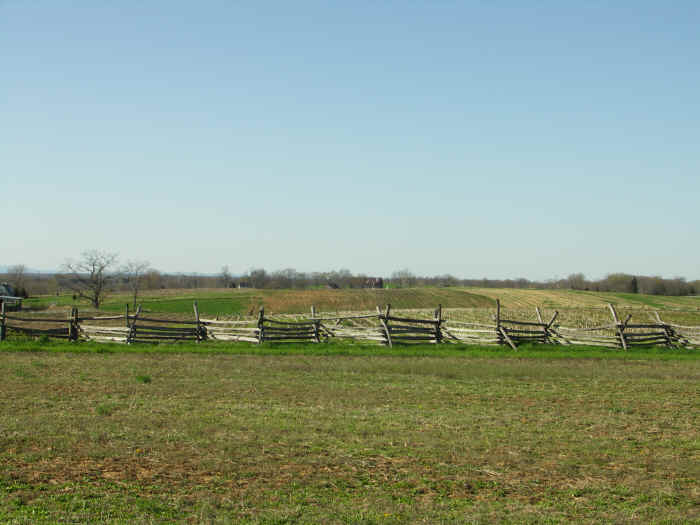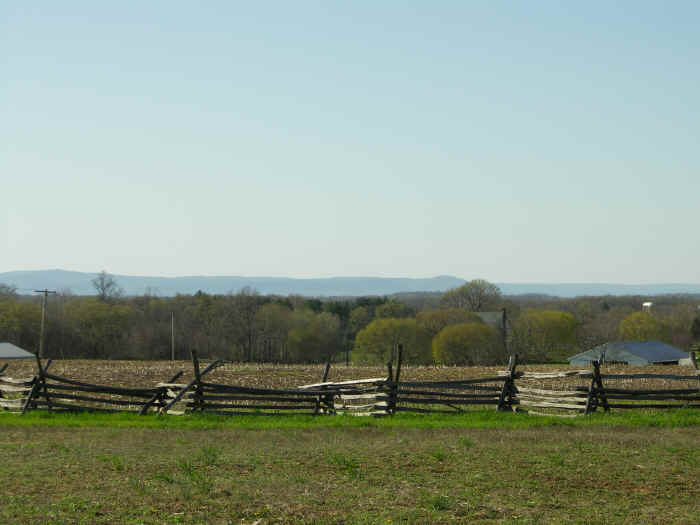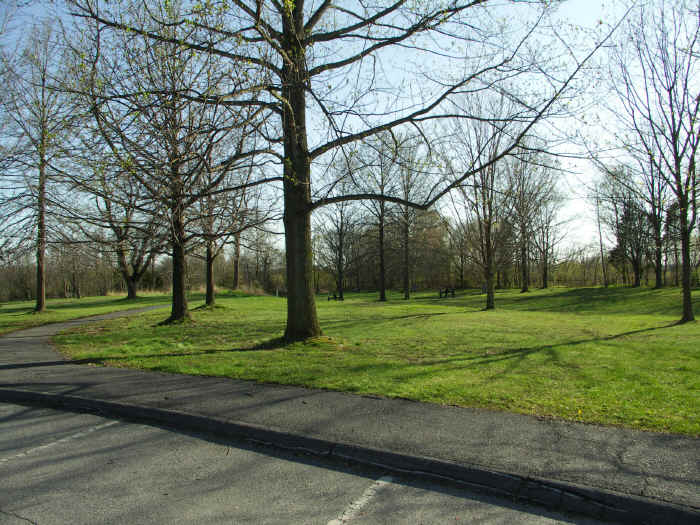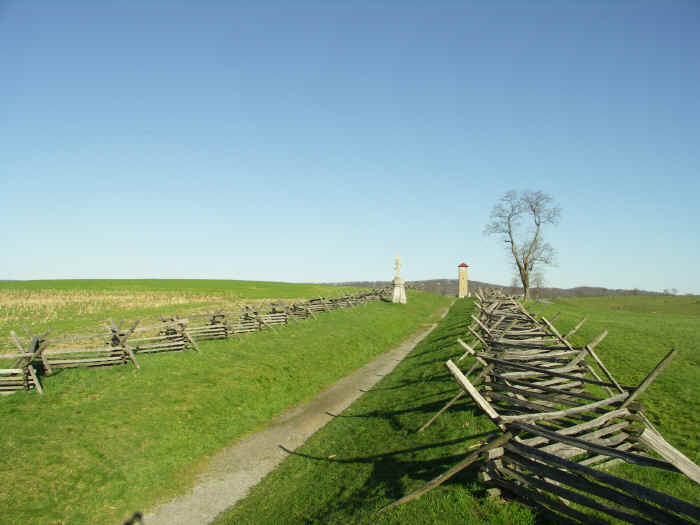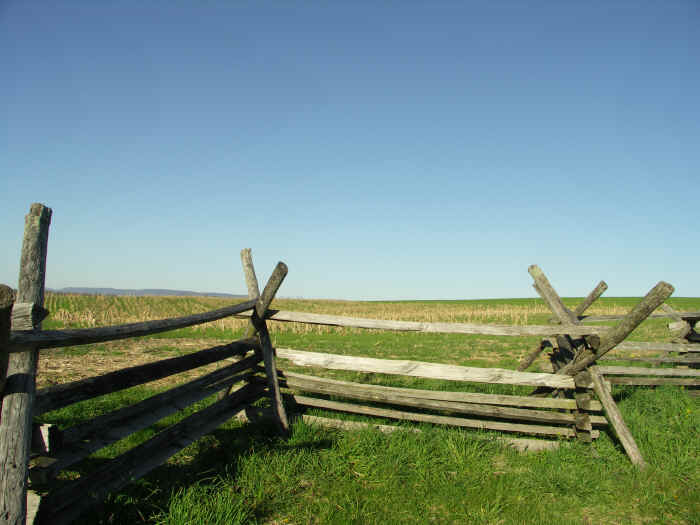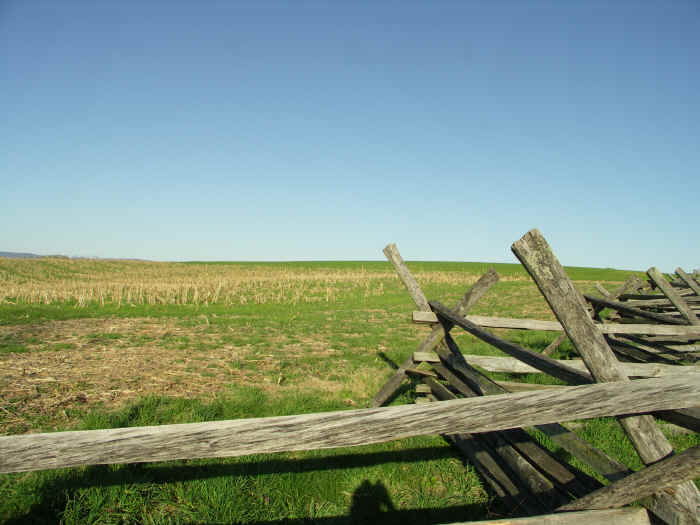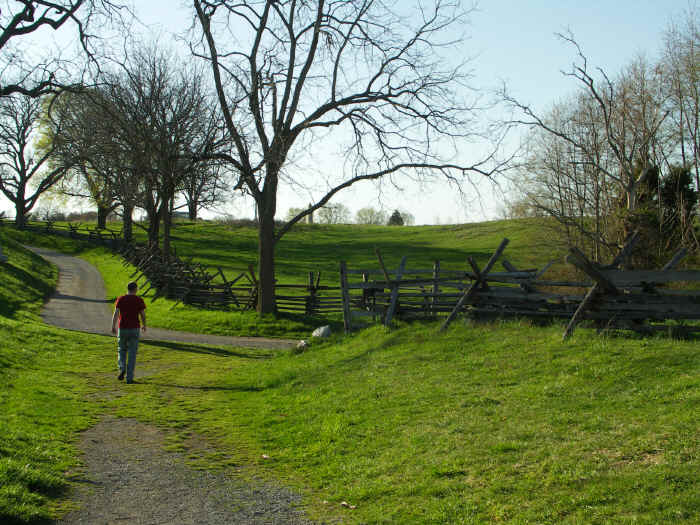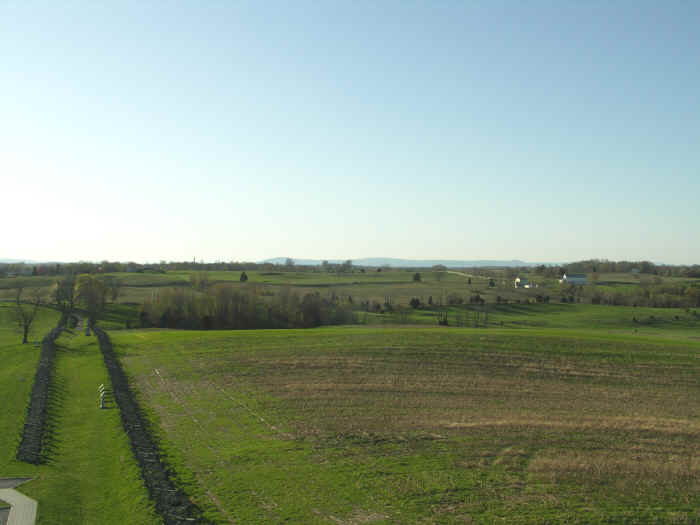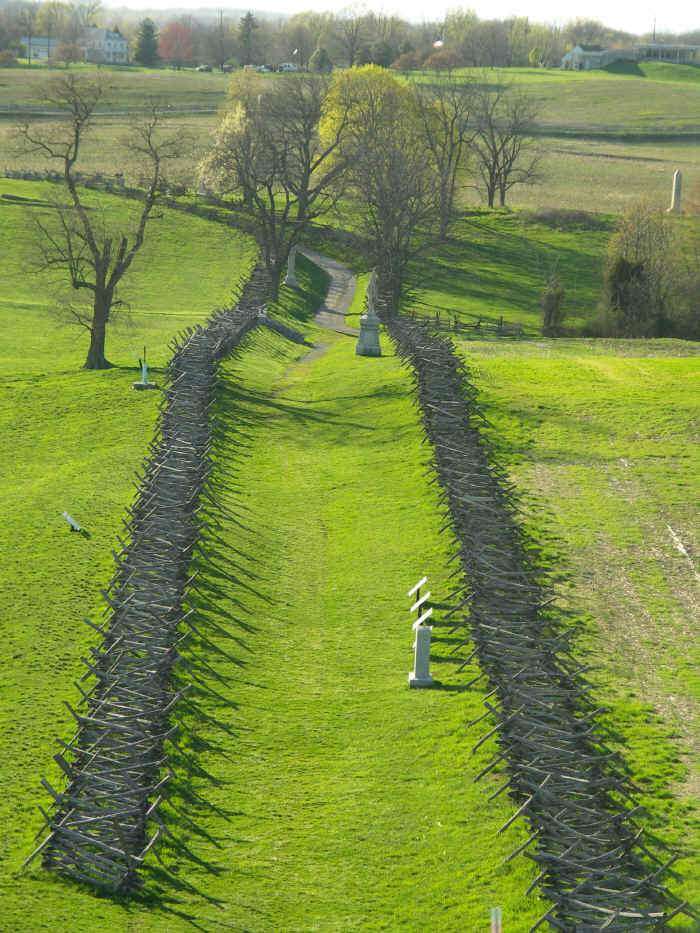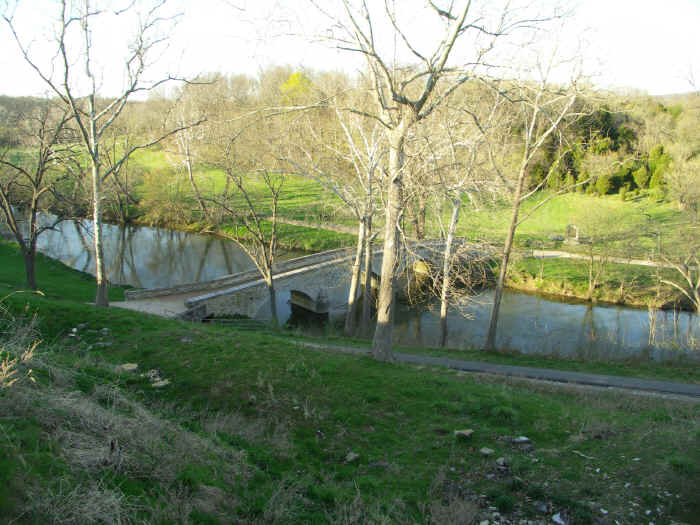Antietam
GENERAL ROBERT E. LEE'S first invasion of the North culminated with the Battle of Antietam, in Maryland (or Sharpsburg, as the South called it). The battle took place on Wednesday, September 17, 1862, just 18 days after the Confederate victory at Second Manassas, 40 miles to the southeast in Virginia.
Not only was this the first major Civil War engagement on Northern soil, it was also the bloodiest single day battle in American history.
At dawn on September 17, Maj. Gen. Joseph Hooker's corps mounted a powerful assault on Lee's left flank. Attacks and counterattacks swept across Miller's cornfield and fighting swirled around the Dunker Church. Union assaults against the Sunken Road eventually pierced the Confederate center, but the Federal advantage was not followed up
The audio you may be able to hear is from the excellent Audio guide from TravelBrains book & audio guide - available below, or at the visitor center.

Map from the Parks Service Battlefield site
Dunker Church and the Maryland Monument
Adam contemplates rushing the Cornfield
"Miller's Cornfield
As the Federals marched toward Miller's Cornfield north of town, the Confederates rose up in the cornfield and fired on the advancing lines. McClellan responded by withdrawing his infantry and training cannon on the corn. "In the time I am writing," Hooker reported, "every stalk of corn in the northern and greater part of the field was cut as closely as could have been done with a knife, and the slain lay in rows precisely as they had stood in their ranks a few moments before."
Hooker's troops advanced again, driving the Confederates before them, and Jackson reported that his men were "exposed for near an hour to a terrific storm of shell, canister, and musketry." About 7 a.m. Jackson was re-enforced and succeeded in driving the Federals back."
Views of The Cornfield
Looking out across the Cornfield
The Cornfield from the defenders side
Where the Union forces were ambushed in the West Woods
"Then, in an effort to turn the Confederate left flank, Gen. John Sedgwick's division of Gen. Edwin V. Sumner's corps advanced into the West Woods. There Confederate troops arriving from other parts of the field struck Sedgwick's flank, killing or wounding nearly half of his division--about 2,255 men--within a quarter hour of point-blank fire.
During the three hours of battle, the Confederates had stopped two Federal corps and a division from another, totaling about 20,000 men. Approximately 10,000 men from both sides lay dead or wounded."
Monument to a dead General
"At dawn some five brigades of D. H. Hill's troops guarded this lane. Soon three brigades had been pulled out to support Jackson in the East Woods, but they were beaten back by Union Gen. George Greene's attack on that position. By 9:30 a.m. the Confederates were stacking fence rails on the north side of the road to provide additional protection from the Union forces, advancing in parade-like precision across the field"
The left end of the Sunken Lane
The Union troops would have been attacking across here in the face of fire from The Sunken Lane
Not that sunken
In the Sunken Lane
View of the Sunken Lane from the observation tower/monument
the bridge over which Union troops attempted to storm - for most of the day. It would have been very hard to storm the bridge - you woudl be facing near certain death, with no way to bring up artillery to suppress the Confederates.
Confederate rifle pits dug into the slope!
"In the afternoon, Maj. Gen. Ambrose Burnside's corps entered the action, capturing a stone bridge over Antietam Creek and advancing against the Confederate right. At a crucial moment, Maj. Gen. A.P. Hill's division arrived from Harpers Ferry and launched a surprise counterattack, driving back Burnside and ending the battle. Although outnumbered two-to-one, Lee committed his entire force, while McClellan sent in less than three-quarters of his army, enabling Lee to fight the Federals to a standstill. During the night, both armies consolidated their lines. In spite of crippling casualties, Lee continued to skirmish with McClellan throughout September 18, while removing his wounded south of the river.[2]
Despite having superiority of numbers, McClellan's attacks failed to achieve concentration of mass, allowing Lee to counter by shifting forces along interior lines to meet each challenge. Despite ample reserve forces that could have been deployed to exploit localized successes, McClellan failed to destroy Lee's army. Nevertheless, Lee's invasion of Maryland was ended, and he was able to withdraw his army back to Virginia without interference from the cautious McClellan. Although the battle was tactically inconclusive, it had unique significance as enough of a victory to give President Abraham Lincoln the confidence to announce his Emancipation Proclamation."
(from wikipedia)
Interested in the ACW, but daunted by the choice of books available ? Want some recommendations? Visit my American Civil War bookshop, with a limited pick of recommended books on the war. Visit the UK version or US version to start (or continue) your education. Or do it on the cheap and watch it on TV in these 4 clips:
See Battlefield Pics from First Manassas here
See battlefield tour of Petersburg here
Full index of 10mm ACW figures (the full directory is here)


